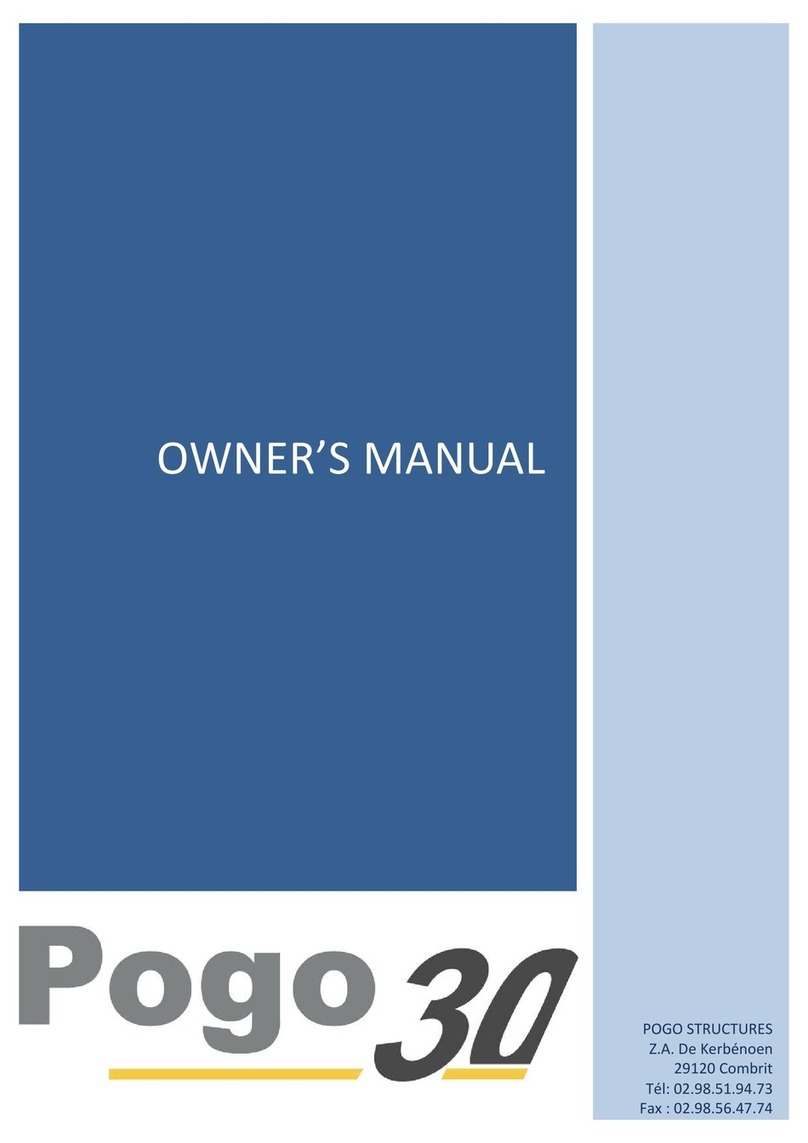4
Breaking wave can represent a big danger for the stability
Description of the conception categories:
A. - A leisure boat of Category A is considered as being built for use when the conditions may
exceed wind force 8 (Beaufort scale) and significant wave heights of 4 meters and above, but
excluding abnormal conditions as storms, violent storms, tornadoes, or other extreme sea
conditions or enormous waves.
B. - A leisure boat of Category B is built for winds that may reach 8 Beaufort included and
waves up to 4 meters height included.
C. - A leisure boat of Category C is built for winds that may reach 6 Beaufort included and
waves up to 2 meters height included.
D. - A leisure boat of Category D is built for winds may reach 4 Beaufort included and waves
up to 0,3 meters height included. With, occasionally waves of maximum 0.5 meters Height.
Craft in each Category must be designed and constructed to withstand these parameters in
respect of stability, buoyancy, and other relevant essential requirements listed in Annex I,
and to have good handling characteristics.
NOTE: The Design category parameters are intended to define the physical conditions that
might arise in any category for design evaluation, and are not intended for limiting the use of
the recreational craft in any geographical areas of operation, after it has been put into
service.
3. Security
For security purpose, the use of a harness is highly recommended. To do so, some folding padeyes
(2400kg resistance) are disposed in the cockpit. We remind you that life-lines are mandatory (straps
resistance 1100 daN).
Do not forget that wearing a lifejacket can save your life.
Regularly check the integrity of your lifelines and that of the guard lines as well as all attachment
parts.




























